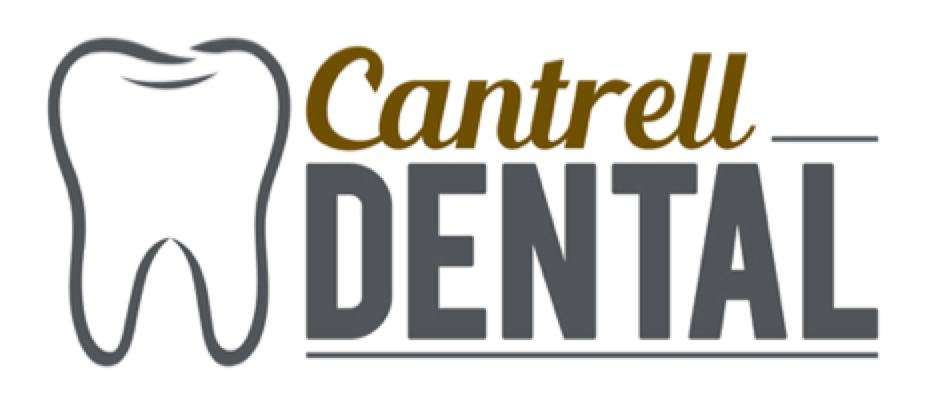Dental Implant Crown

Dental implants are one of the most impressive oral restorations, owing to all the advantages they offer. They are widely used to replace missing natural teeth, making them highly sought-after in the world of restorative dentistry. Implants can be customized as required to keep them indistinguishable from the adjoining natural teeth.
What are Dental Implants Made From?
Implants mainly consist of two components: the metal implant stud that acts as the tooth root and the visible ceramic crown that serves as the replacement tooth. The implant stud is made from highly durable metal, such as titanium, and the crown is made from dental-grade tooth-colored ceramic. Both these components are connected using a connecting element called the abutment.
What are the Advantages of Dental Implants?
- Dental implants provide excellent strength and wouldn’t get damaged with regular oral activities like biting or chewing food.
- Implants are highly stable as they are placed directly in the jawbone.
- They are quite resistant to wear, as the materials used to make them are incredibly durable.
- The ceramic crown used to make the visible tooth-like replacement is made from dental-grade ceramic material, which is highly customizable. Its color, texture, and transparency can be designed to look exactly like natural teeth, thereby keeping them indistinguishable.
- Implants enable you to bite and chew food effectively, thereby restoring oral functionality.
- Implants are long-lasting. They last for over 20 years without requiring much restoration.
How is an Implant Placed?
Dental implants require the patient to satisfy a few physical conditions, such as optimum jawbone volume, spacing available for placing the implant stud, oral and overall health state, etc., to be deemed suitable for the restoration. We will also take x-rays and digital scans of the mouth to check for jawbone volume and placement of the adjoining teeth. This data will also create a digital impression of the prosthetic tooth, which will be used as a reference at a dental laboratory.
We will place the dental implant in the jawbone during the initial surgery and secure it firmly using dental adhesives. A suitable healing period of a few months would be required to allow the surrounding bone to fuse with the metal implant. After this, we will carry out the follow-up surgery to place the abutment on the implant and attach the crown to it. Further, a bite test will be taken to understand the alignment of the implant, and if required, we will alter it. The crown will be polished to enhance its aesthetics, and the dentist will give you care instructions to ensure the implant doesn’t undergo damage and lasts as good as new for longer.
Please schedule an online appointment or call us at (501) 500-2019 to have a consultation with our dentists at Cantrell Dental in 14923 Cantrell Rd, Little Rock, AR 72223. We will be glad to help.
What does oral cleaning involve?
The dentist would conduct a visual diagnosis to spot the tartar deposits on the teeth. Next, we will use an ultrasonic scaling device to remove the adhered deposits with the help of ultrasonic sound waves. The removed debris will be washed away using a jet of water, leaving the teeth free from the microbial deposits.
Tartar deposits could adhere to the tooth roots as well. This is predominant in the case of gum diseases, which result in deep gum pockets, allowing the microbes and food debris to get deposited in them. Over time, these deposits could increase the severity of gum disease, leading to more severe symptoms.
Hence, we perform root planing by inserting the scaling tip between the tooth roots and gum tissues and removing the tartar deposits. Since this procedure could be painful, we will administer local anesthesia to numb the soft tissues.
Please schedule an appointment online or call us at (501) 500-2019 to have a consultation with our dentists, and we will be happy to help.












